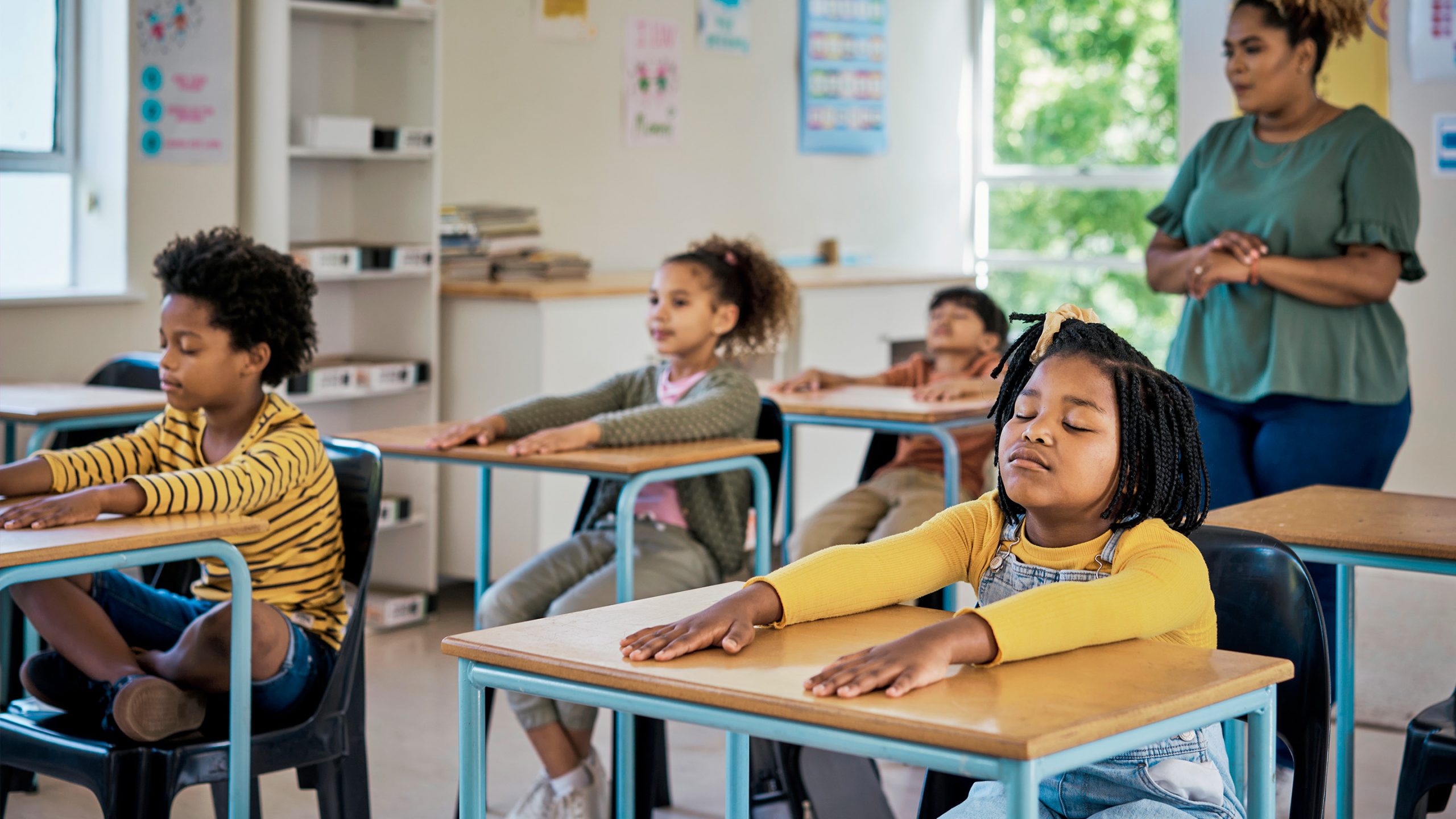Teaching young learners self-calming skills is an essential part of their emotional development. By helping children learn how to manage their emotions and behavior, educators and parents can empower them to navigate life’s challenges with greater resilience and confidence. Here are some effective strategies that can help young learners cultivate self-calming skills.
1. Teach deep breathing techniques: One of the most effective ways to calm the mind and body is through deep breathing. Encourage young learners to take slow, deep breaths in through their nose and out through their mouth. You can model this technique for them and practice it together until they feel comfortable doing it on their own.
2. Practice mindfulness activities: Mindfulness is the practice of being present in the moment and can help young learners become more aware of their thoughts and feelings. You can introduce mindfulness activities such as guided meditation, body scans, or simple mindfulness exercises like paying attention to their breathing or focusing on a sensory experience.
3. Encourage self-expression: Help young learners identify and label their emotions by giving them the vocabulary to express how they are feeling. Encourage them to talk about their emotions and validate their feelings. This can help children develop emotional intelligence and better understand themselves.
4. Create a calming space: Designate a quiet corner or area in the classroom or home where young learners can go to when they need a break. Add soft pillows, calming music, or sensory items like stress balls or fidget toys to help children relax and calm down.
5. Teach problem-solving skills: Help young learners develop problem-solving skills by teaching them effective strategies for coping with difficult situations. Encourage them to brainstorm solutions, evaluate their options, and make a plan to address the problem.
6. Provide positive reinforcement: Celebrate and acknowledge young learners’ efforts in practicing self-calming skills. Praise them for their progress and encourage them to continue practicing these techniques.
Teaching young learners self-calming skills is a valuable investment in their emotional well-being. By empowering children with the tools and techniques to manage their emotions and behavior, educators and parents can help them build resilience and cope with stress effectively. Through consistent practice and support, young learners can develop the self-control and emotional regulation skills they need to thrive in school and beyond.


